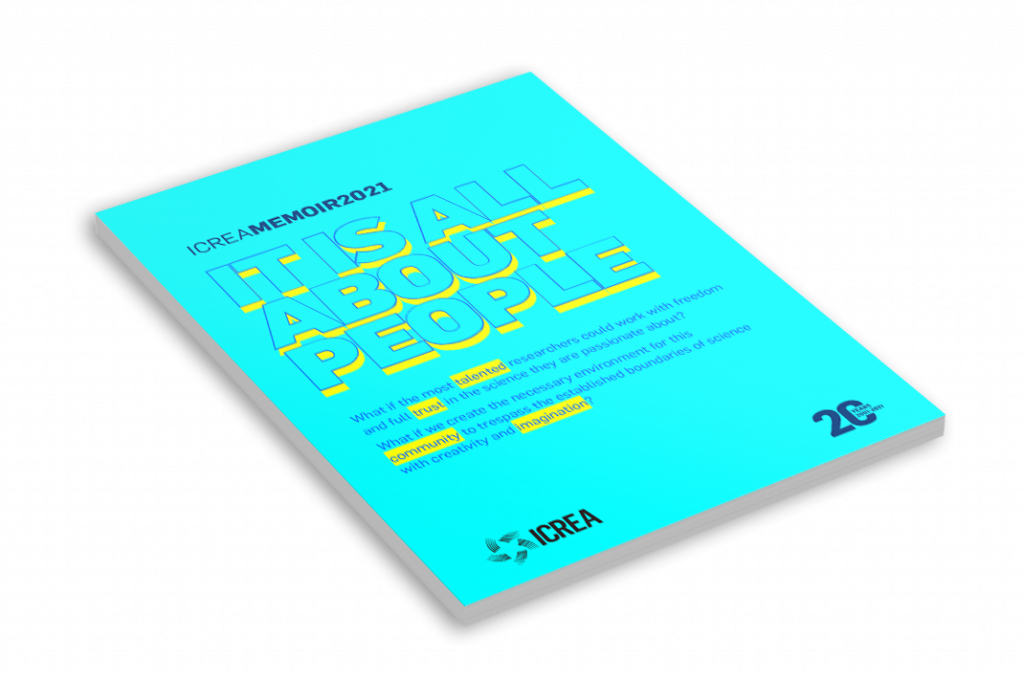MPhD degree in 1993 by Barcelona University for work at the CSIC Earth Sciences Institute. Postdoc (93-99) and tenured (2000) at GEOMAR (Germany). I joined ICREA in 2005 at CSIC Marine Sciences Institute. I have >115 papers in the SCI with >6000 citations and h-index = 43. I have >600 contributions to international congresses and >40 invited talks, keynote and seminars at universities, research centers, and congresses. I organized or convened of >30 international scientific meetings. I was CO-PI of 20 projects, with some that included ship cruises. I supervised more than 20 graduated and postdoctoral researchers. Since 2007 I coordinate the Barcelona Center for Subsurface Imaging with ~20 scientists. I have been awarded Fellow of the American Geophysical Union 2018, Ciudat de Barcelona 2019 in Environmental and Earth Sciences, and elected member of the Academia Europaea 2020.


